David Talbot Red Cloud Securities Managing Director, Head of Equity Research
S&P Global Market Intelligence provided its new 2022 exploration budget and spending forecasts recently and updated the data for prior years. While we saw a strong 37 per cent increase in spending from 2020 to 2021, we now see a 10 per cent decline in S&P forecasts for 2022 (Figure 1). We anticipate this weakness in spending as a reality of a post COVID world where spending still somewhat challenging. The drawback of lower exploration spending could translate into fewer replacement of reserves and discoveries. The latter is extremely important when it comes to critical elements that are showing both supply gaps, and emerging competition between western markets and the Chinese/Russian markets.
Strong emergence post COVID, but exploration spending still down.
There was a significant decline in previous year estimates as prior 2020 and 2021 numbers of $8.3B and $11.2B were lowered to $7.23B and $9.9 B, respectively. That still represents a 37 per cent increase (35 per cent estimated prior) in exploration spending from 2020 to 2021 as the world emerged from the COVID-19 pandemic. According to S&P, a faster than-expected recovery in market conditions and easing of lockdowns allowed explorers to reactivate programs by mid-2020, which caused some campaigns to carry over into 2021. That said, with numbers now solidified, it appears that explorers were optimistic about how easy it would be to fulfil its exploration plans, and possibly its financing opportunities which have been challenged in 2022. Actual spending didn’t necessarily achieve budgets. The majors contributed to over half of the total global exploration budgets.
Gold continues to dominate at 62% of global exploration budgets and is down 11% YoY.
A lackluster gold market has had impact on overall spending. Copper budgets are also down 10 per cent, representing 23 per cent of the market. Silver budgets are drastically down by 36 per cent, and its proportion has fallen from 6 per cent to 5 per cent of global totals. Lithium spending is up 51 per cent to $376M and rose from 3 per cent to 4 per cent of global budgets, and uranium spending is up 52 per cent to $206M and increasing to 2 per cent of global budget forecasts. Uranium prices have risen from $40/lb to almost $50/lb this year while Li prices have doubled over the past year to about $68k/t.
Canadian exploration budgets at 11 year high – growing from 19.1% to 26.4% of global forecasts.
Canada is attracting a huge share of global exploration budgets. There is a 25 per cent increase in spending within Canada to $2.37B (Figure 3) as the country emerges from COVID-19 protocols later than other jurisdictions. In fact, Canadian exploration levels are at 11 year-highs. There might also be more spending locally because some far-flung jurisdictions have become increasingly difficult to travel to.
Exploration spending in Canada also spurred on by tax incentives and U and Li spending. Canadian spending may be partially spurred on by recent Canadian tax incentives, namely the additional flow-through (FT) credit provided to exploration of critical elements. Some recent FT deals have even been done at over double current share prices. Certainly, this provides investment incentive and shareholders are not diluted as much as traditional HD or FT financings. This notably drove grassroots exploration in Canada, which also bucks a global trend away from grassroots exploration over the past five to 10 years.






